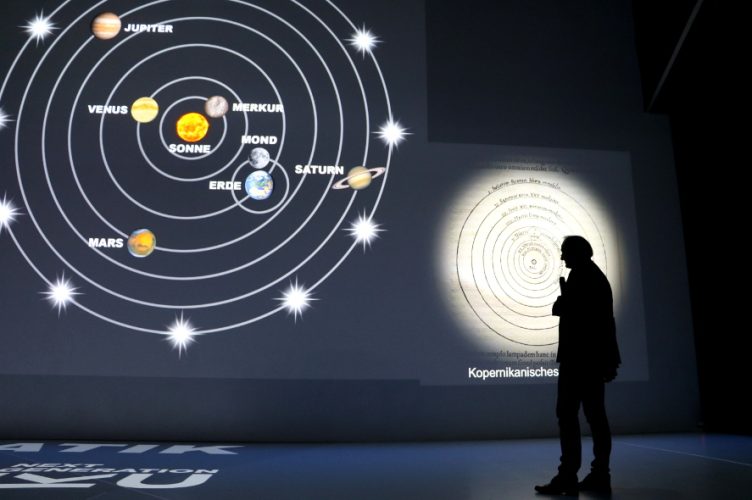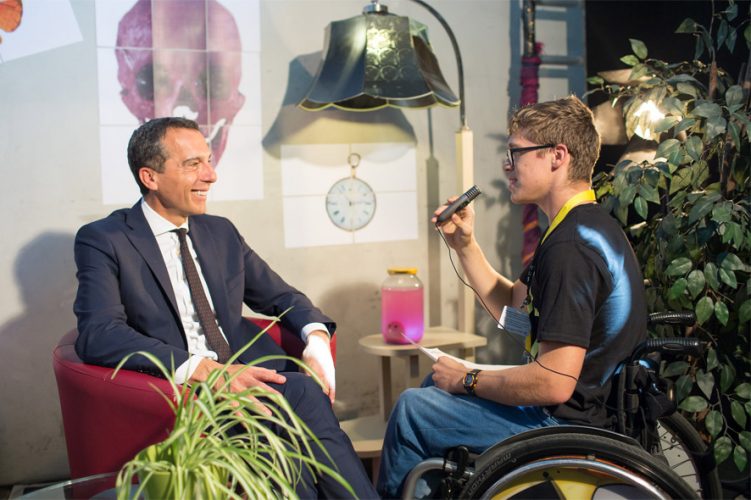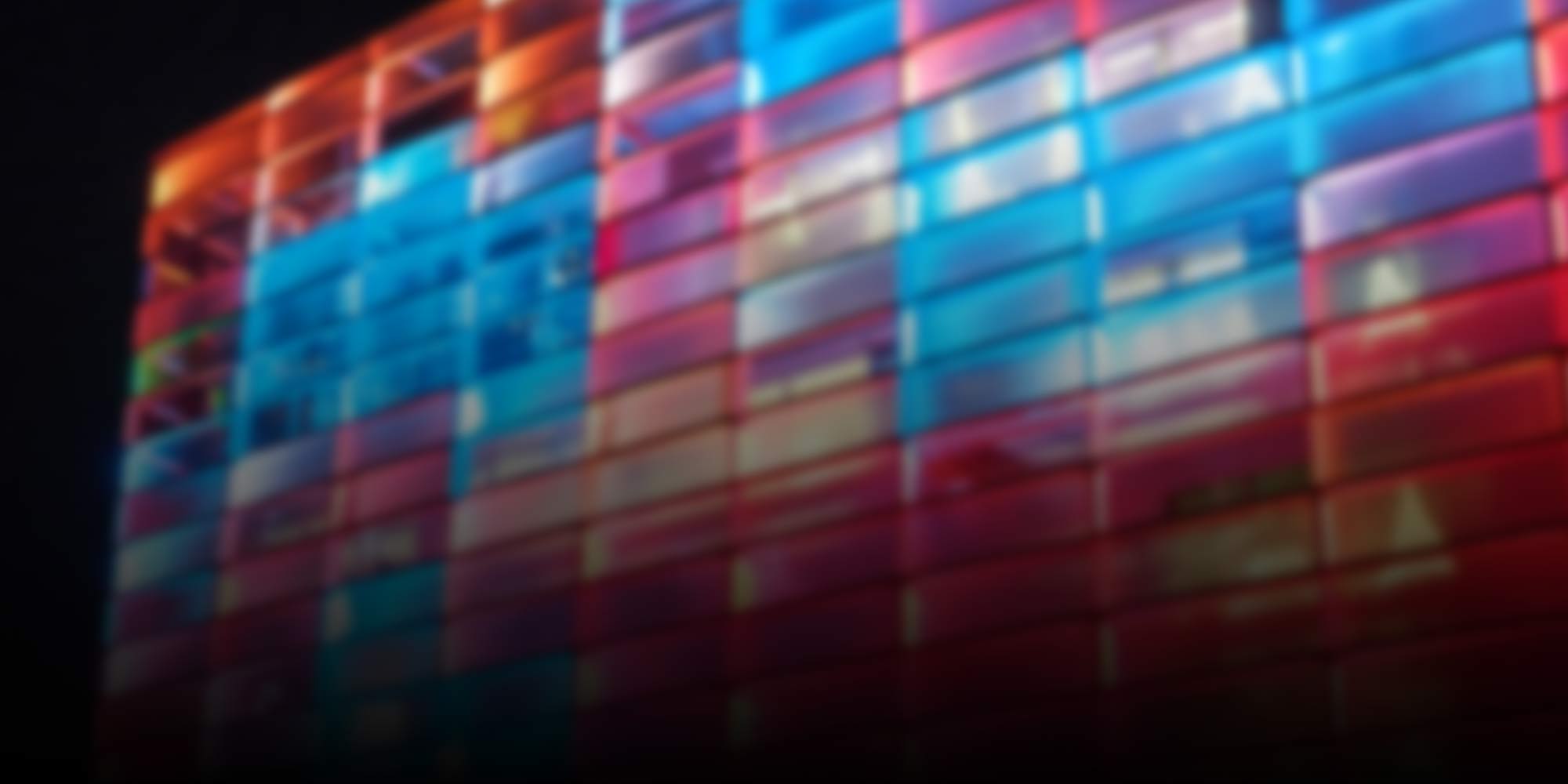
Deep Space LIVE
-
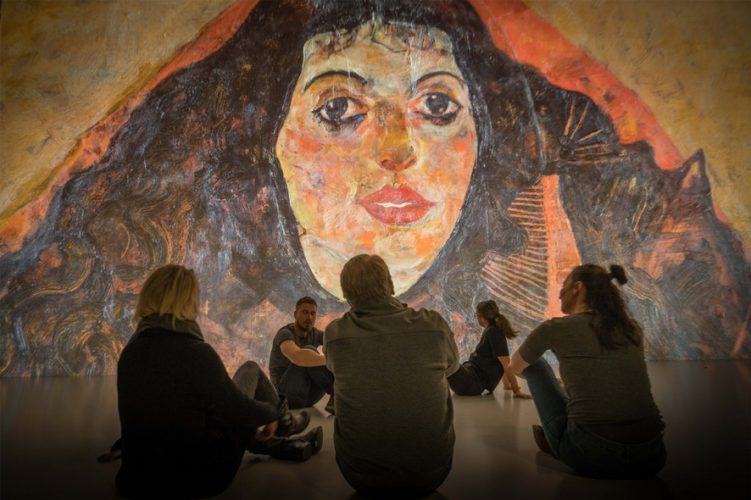
Deep Space LIVE: Egon Schiele’s “Portrait of Trude Engel”
100 years ago, artist Egon Schiele died in Vienna. He left behind a remarkable oeuvre of expressionist works, one of them a portrait of a young woman named Trude Engel. Who was she? And why was the image stabbed with a knife? At the next Deep Space LIVE, “Egon Schiele – A Closer Look at…
-
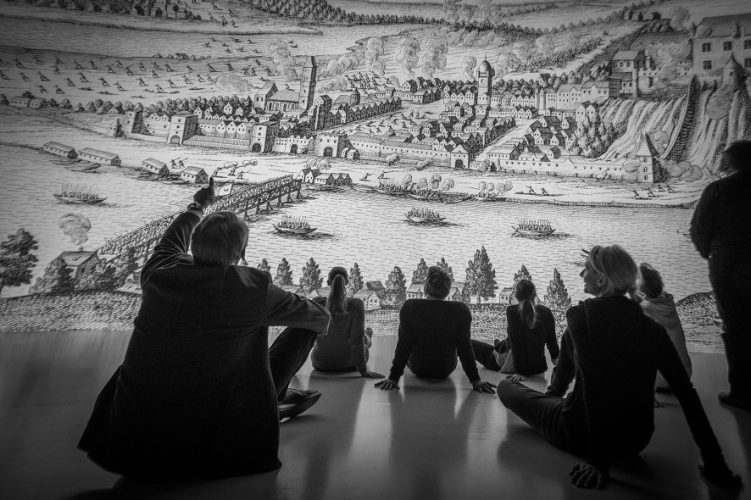
Deep Space LIVE: Linz in Kepler’s Day
At the next Deep Space LIVE on February 22, 2018, Maria Altrichter of the Municipal Archive will take us back to a time way before Linz became Steel City. What was it like when Johannes Kepler lived here? What impact did historical events in the 17th century have on Upper Austria’s capital? Maria Altrichter gave…
-
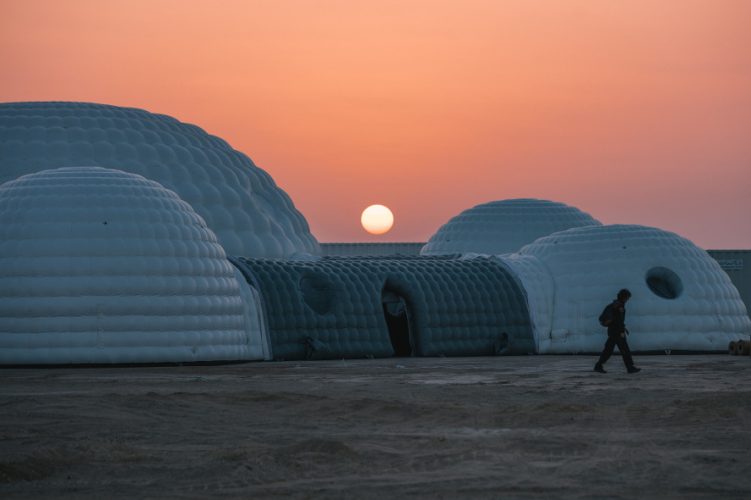
Mission Mars – A Mars Simulation in Oman
In the search for extraterrestrial life, Mars is considered one of the most promising candidates. The OeWF–Austrian Space Forum has already simulated several elements of manned missions to Mars together with researchers on the staff of international partners. The sites of these extraordinary field tests have ranged from the Northern Sahara to Austrian glaciers at…
-
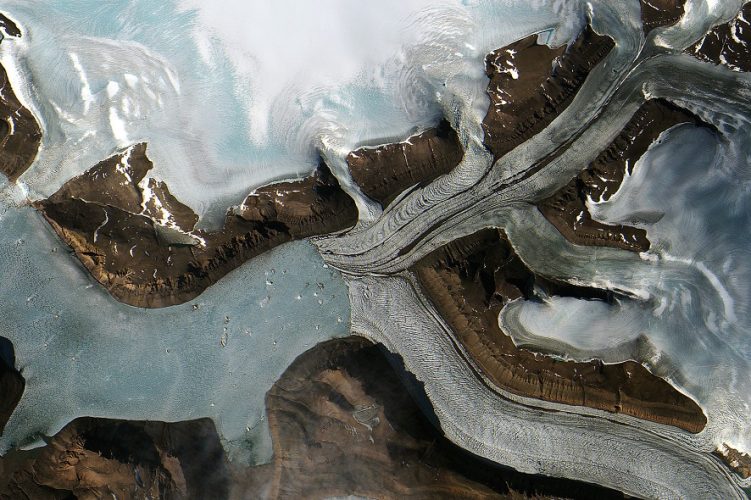
Fascinating Photos of Earth: Eye in the Sky
How does the world look from way up top? Othmar Coser of the Austrian Space Forum will screen breathtaking satellite images of Earth at the next Deep Space LIVE on December 14, 2017. His talk entitled “Eye in the Sky” will also reveal which data terrestrial observation technology measures, and go into why this is…
-
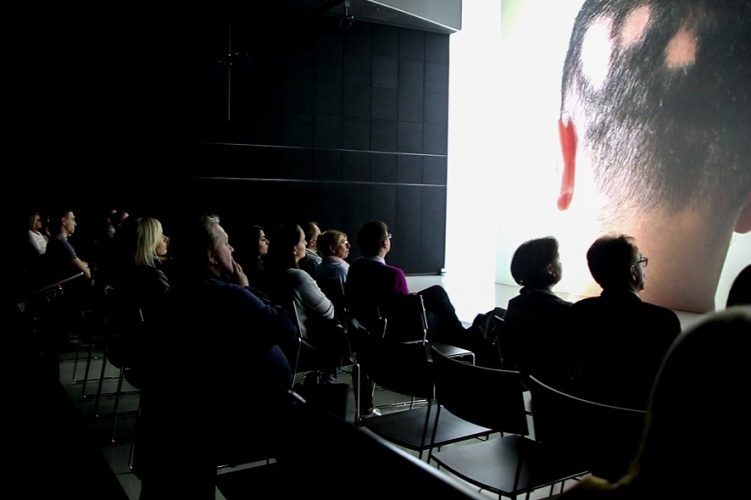
Deep Space LIVE Special: A Hairy Situation
What can you do when your hair suddenly falls out? What are the causes of hair loss, and do attractive wigs even exist? Hairdresser Peter Fuchs, gynecologist Peter Oppelt and plastic surgeon Matthias Koller provide answers at a Deep Space LIVE event. We learned more in this interview.
-
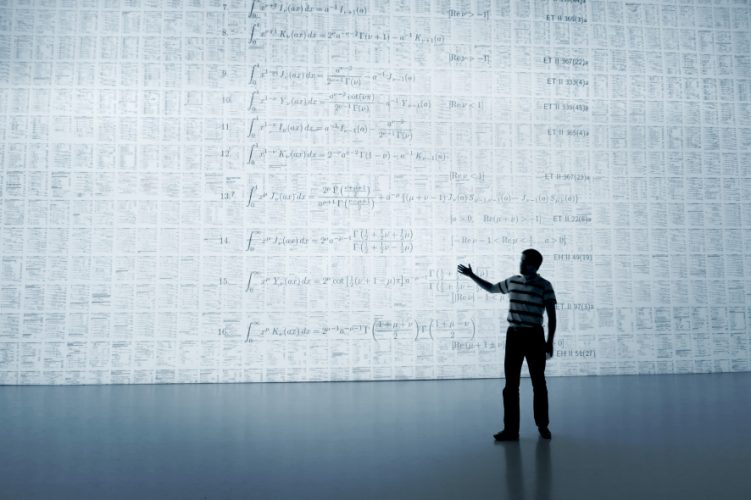
The Kepler Conjecture
Mathematics is the topic of the fifth and last installment of “Next Generation JKU.” This series of talks was launched in cooperation with Linz’s Johannes Kepler University to give outstanding young scholars working in engineering and science the opportunity to utilize the leading-edge technology available in Deep Space 8K at the Ars Electronica Center to…
-
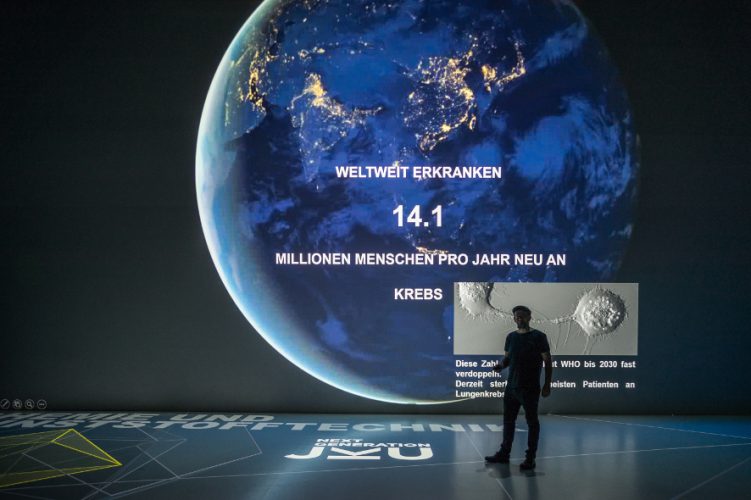
Life Is All about Chemistry
Next Generation JKU is a series of talks designed to give outstanding young scientists on the Faculty of Engineering and Natural Sciences of Johannes Kepler University Linz the opportunity to utilize the extraordinary technologies available in Deep Space 8K at the Ars Electronica Center for an ultra-high-definition presentation of their research.
-

Seeing Data – Understanding Cancer
They’re quoted in some of the most highly respected scientific journals worldwide but in their homeland, Austria, they’re hardly known. So, who are these brilliant young Upper Austrian scientists, and what exactly are they performing research on at Johannes Kepler University in Linz?
-
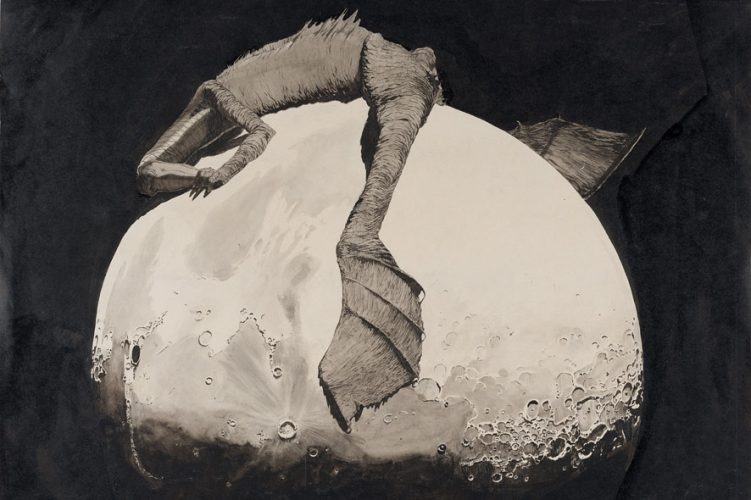
Linz’s Klemens Brosch: A Genius for Drawing
Born in Linz in 1894, Klemens Brosch went on to become one of 20th-century Austria’s most outstanding graphic artists, best known for his magical landscapes and melancholy imagery. Deep Space is now featuring jumbo-format projections of some of his small-scale drawings.
-
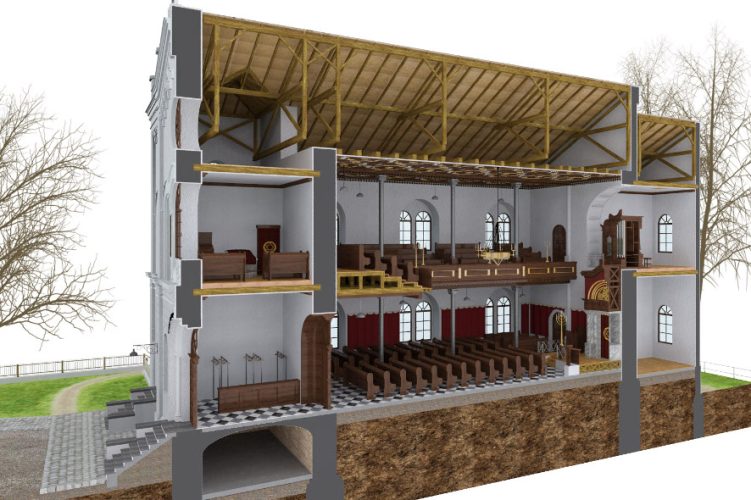
The Virtual Reconstruction of the Linz Synagogue
On Kristallnacht in November 1938, a mob acting on orders of the Nazi regime broke into the Linz Synagogue—like so many other Jewish houses of worship that night—ransacked it and set it ablaze. All that remained of the synagogue was a burnt-out ruin.
-
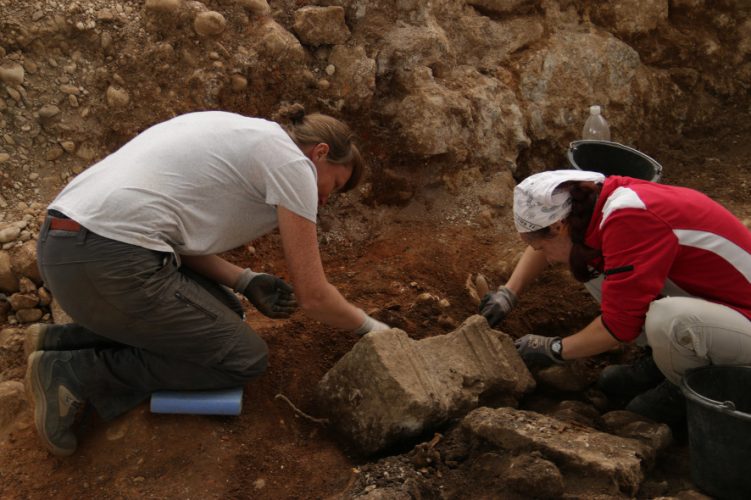
Hercules in a Lime Kiln
The largest lime kiln complex ever discovered in the Roman Empire’s Rhine-Danube provinces was found in 2008 in what was once the Roman town of Lauriacum and is now the city of Enns. Work began this year on excavating the best-preserved kiln in preparation for an exhibition at the 2018 Upper Austria State Fair.
-
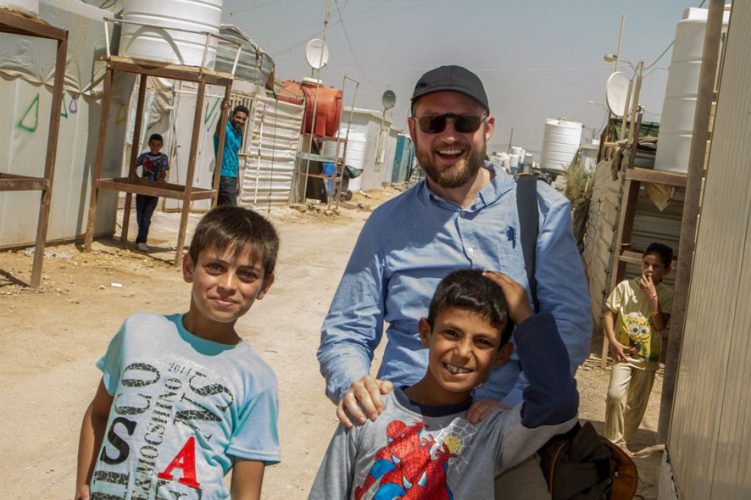
Fear of the “Onslaught”
Reading postings on the “refugee crisis” by friends on “social” media sites like Facebook reveals the propagation of base prejudices as well as numbing euphemisms, empathy and posturing alike. Simon Hadler, a journalist with the ORF–Austrian Broadcasting Company, talked to us about the public debates on refugees and asylum-seekers. He’ll go into this topic in…
-
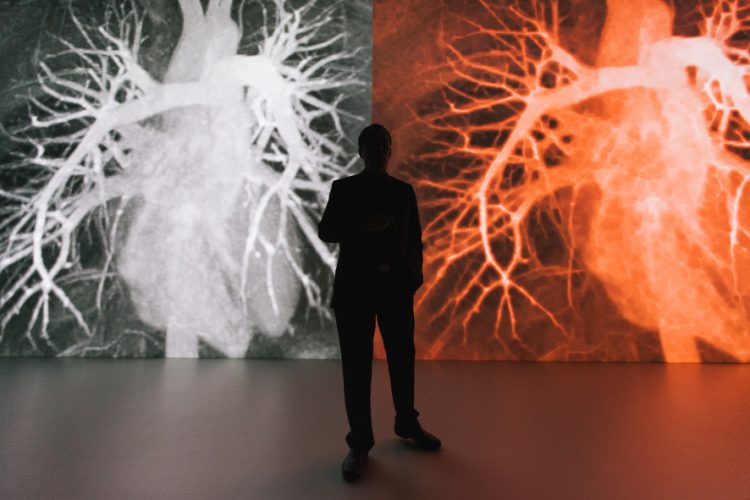
Deep Space LIVE: Anatomy for Everybody – Travel Medicine
Dr. Martin Haditsch, a specialist in tropical & travel medicine talks about his presentation together with Dr. Franz Fellner at Deep Space LIVE: Anatomy for Everybody – Travel Medicine on Thursday, February 11, 2016 at 8 PM.
-
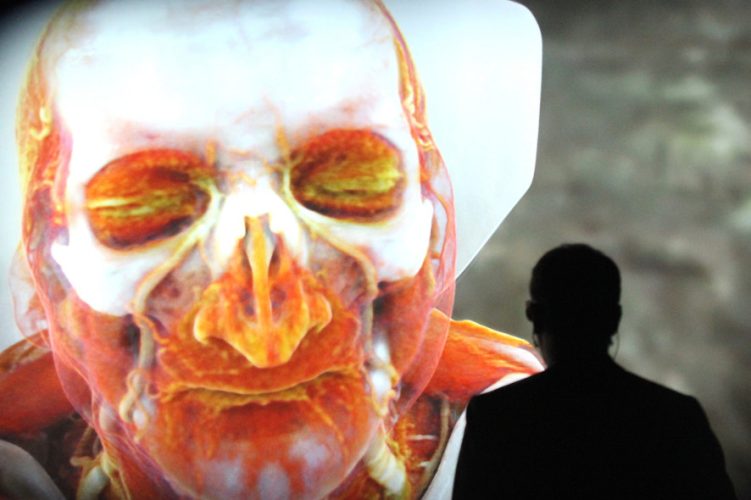
The Universe Within – Cinematic Rendering
Because of the technical innovations in the Deep Space 8K, it is now possible to use highly complex programs. One is the Cinematic Rendering app for the presentation of photorealistic images of the human body in 3-D and jumbo-format dimensions.
-
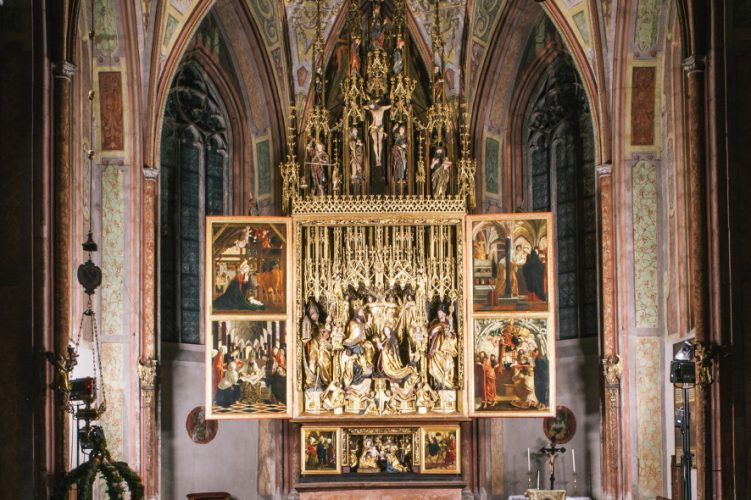
The Pacher-Altar as a Gigapixel in Deep Space 8K
For more than half a millennium the altar of St. Wolfgang expresses the latest highlights of medieval art creation before the Reformation. Now the Linz photographer Florian Voggeneder has made a high-resolution gigapixel of the Pacher-Altar. In Deep Space LIVE theologian Dr. Michael Zugmann and art historian Dr. Lothar Schultes presented the details of this…
-
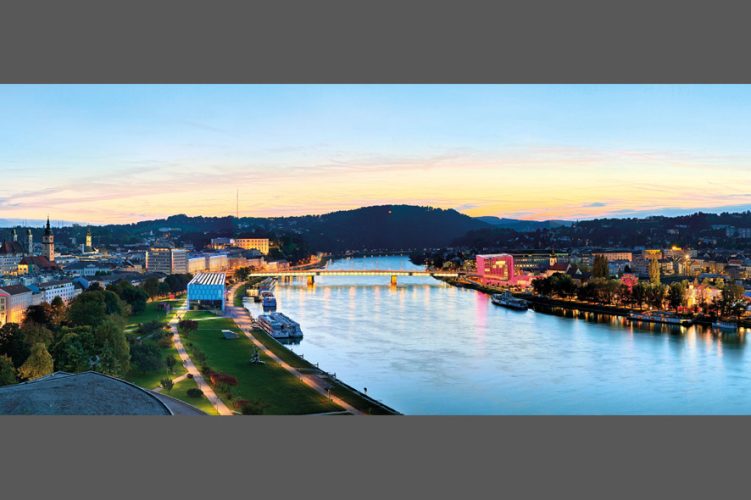
Panoramic Photography: Pictures with vision
Conventional image formats are definitively too undersized – the Austrian photographer Johann Steininger is specialized in wide panoramas where the viewing angles range up to 360 degrees. Now he presents a collection of them in the Deep Space 8K at the Ars Electronica Center.
-
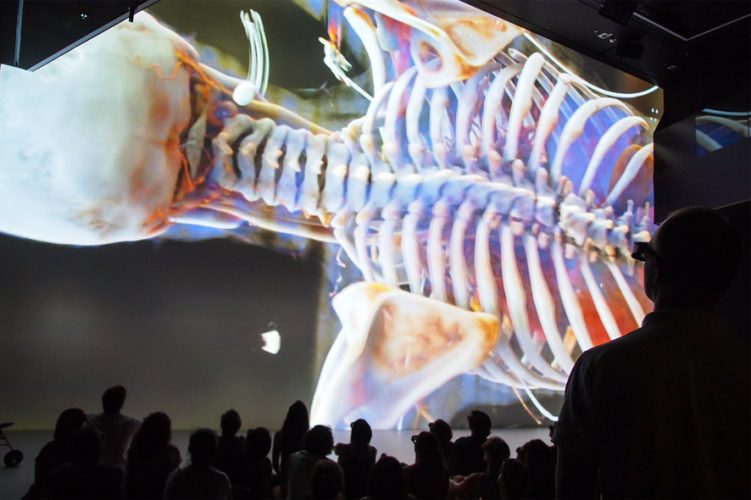
Cinematic Rendering: Big-Screen Anatomy
Cinematic Rendering takes 3-D depictions of the human body to the next level of image quality. This project, which was developed by Siemens Healthcare and is now being shown in Deep Space 8K, is a vivid example of how science too can benefit from artistic impetus.
-
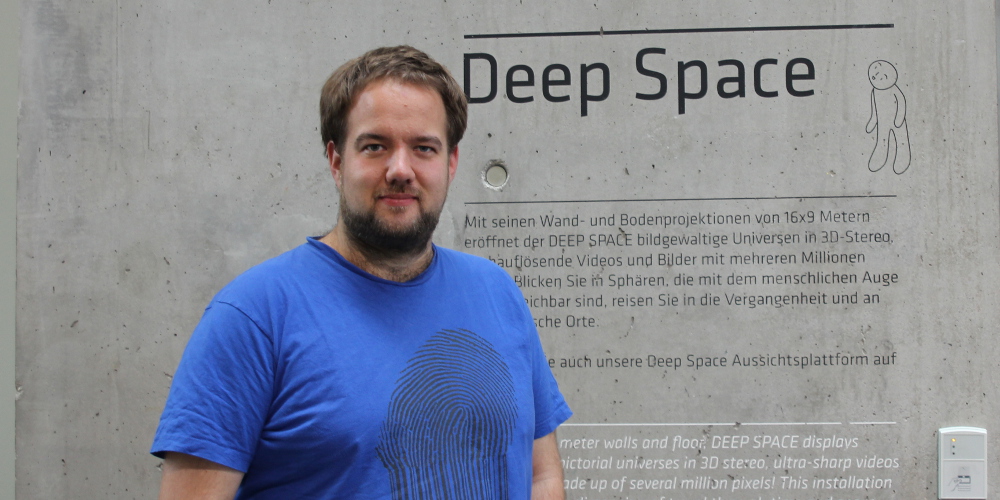
What are you doing with my data?
“What are you doing with my data?” is a question that Malte Spitz, German Green Party politician and internet expert, has been posing for years. Recently he spoke about this issue at a Deep Space LIVE event in the Ars Electronica Center.
-
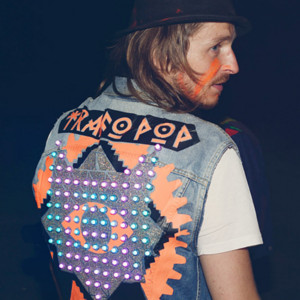
Wearable Electronics: Body-Borne Technology
“We now have the chance to custom-tailor the technology to ourselves instead of the other way around.” Thomas Gnahm, organizer of the Wear it Festival and himself the wearer of an LED jacket, talks about concepts for wearables that will soon be snuggling up to users’ bodies worldwide.
-
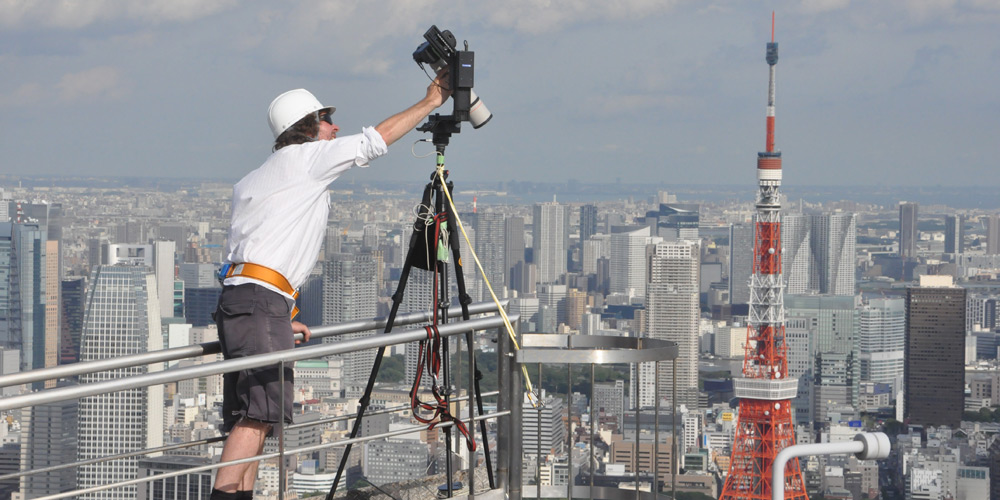
360 degrees of Enthusiasm
Jeffrey Martin, photographer and founder of the online platform 360cities.net gives an insight into his working methods and thinks aloud about the next trend of panoramic recordings: 360 degree videos.
-
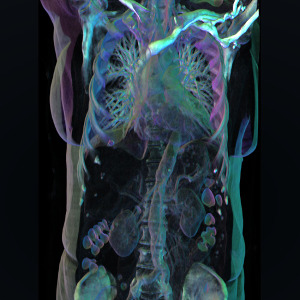
3-D Patient Data Direct from the Clinic
Yesterday a large number of visitors attended the second part of the series “Deep Space LIVE: Anatomy for All”. We chatted with Dr. Franz A. Fellner and Horst Hörtner which exceptional 3D visualization of the human body they presented this time.
-
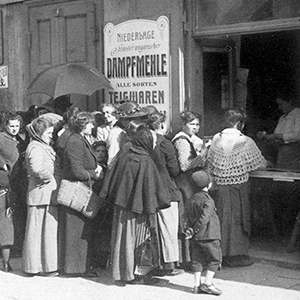
World War I in Linz
March 1914. Linz is a prosperous town in peace – for the population there is no evidence of a major European war. In a Deep Space LIVE Markus Altrichter from the Archives of the City of Linz shows historical pictures from the First World War – a time that was marked in Linz of hunger.
-

Animation is more than just film
What defines a good animation? And what developments can be expected in this area? Prof. (FH) Mag. Dr. Jürgen Hagler Mag from the Upper Austrian University of Applied Sciences Campus Hagenberg presents a brief inventory of the genre and introduces the animations that can be seen at Deep Space LIVE on THU March 20, 2014,…
-
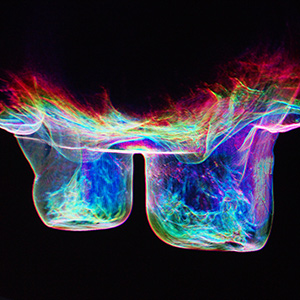
Anatomy for All
Modern imaging procedures used in the medical field today provide fascinating insights into what goes on inside a human being. Dr. Franz Fellner of Linz General Hospital recently talked to us about the possibilities created by visualizations in Deep Space.
-

The Linz 500 years ago
The more we look back into the history of the city of Linz, the more difficult is it to trace the lives of the people of that time. Which sources do historians like Dr. Cathrin Hermann from the Archives of the City of Linz need in order to trace a picture of Linz 500 years…
-
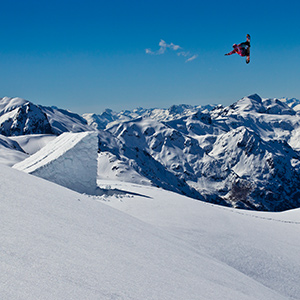
The Art of Flight
Curt Morgan is one of the most famous producers in action sports films – in an interview with Ars Electronica he talks about the film “The Art of Flight”, which can be watched in the context of Deep Space LIVE at the Ars Electronica Center in its 3-D version.
